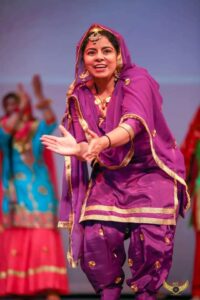
Living far away from their roots, Punjabis settled in Australia are making all efforts to keep their culture alive. The values inherited from their parents and ancestors are being inculcated among youngsters through ethnic activities and workshops.
To keep the young generation closer to their roots, parents are not only making their children attend Punjabi speaking and writing classes but are also making them participate in cultural activities like theatre, folk singing, and dancing classes.
Sukhpreet Kaur Saini who is managing the Saanjh Punjab Di academy has been participating in cultural events highlighting the significance of Punjabi culture. She has taken a step forward in this direction and holds classes for young children for teaching them Punjabi folk music and dances. Her recent effort to remember Punjabi folk singer Surinder Kaur on the singer’s birthday got her much appreciation.
Sukhpreet had shared video clips of women living in different parts of Australia, wearing ethnic Punjabi suits, parandas and phulkaris enacting Surinder Kaur’s famous numbers. The clips were shared on social media.
Talking about her journey Sukhpreet says, “We left Punjab ten years ago and came to Australia, settling down meant having a decent job and saving enough to buy our own home. While this was true, I realized this vision was not complete.”
She adds, “As years rolled by, this emptiness began to grow. I was missing the vibrance and warmth of the Punjabi culture, which had been an integral part of my identity before we moved here. Gradually, I found out I was not alone and there were many who cherished this vision of bringing our Punjabi folk culture. We eventually formed a group called Saanjh or togetherness.”
In collaboration with other groups, they have presented folk dramas; narrating stories linked to the festivals of Punjab.
Manpreet Kaur Dhillon also from the academy adds, “In Saanjh Punjab Di academy we introduce children to folk dances and a panorama of Punjabi culture, language, and our rich heritage. It is aimed to make Punjabi youth and children to keep the spirit of Punjabiyat alive for generations to come.”
Similarly, Amardeep Kaur in Melbourne has taken up this task of promoting Punjabi culture among children and teenagers through theatre. She says, “When we migrate to a different country, there are new challenges and we have to adapt to the new culture. In the alien environment, we sometimes feel insecure and hesitant.”
After moving from Punjab where she was the announcer for Radio, Amardeep did not leave her passion behind. She used to write articles for online newspapers and started presenting programs on Punjabi radios as a volunteer.
She adds, “We started performing short plays, skits, and choreographies along with youngsters to address issues prevalent in the community such as domestic violence, gender inequality. Punjabi Theatre and Folk Academy also involves children in theatre shows to help them learn Punjabi and spread important messages. We recently made videos to spread awareness regarding the transmission of coronavirus and also against racism. Focus is also laid on improving Punjabi speaking skills through language workshops.”
Balbir Kaur has been living in Adelaide for more than three decades, she represents The Sikh Society of South Australia. They run a Punjabi ethnic school for teaching Punjabi speaking and writing classes at Glen Osmond Gurudwara. She says, “We have been promoting the Punjabi culture not only among the Punjabis but also among other communities. It is important that other communities also understand our Punjabi culture and Sikhism.”
She adds, “We have been offering Punjabi reading and writing classes besides teaching Gurbani music and instrumental. In Gurbani classes, we teach how to read Gurbani and how to discuss Gurbani. The aim is to make the new generation understand their background, where their roots are. We also got locals interested in our dancing, culture, and food. We made sure that our children did not forget their background. When we came here more than three decades ago, there were Indian origin Punjabis coming from different countries like Singapore, Malaysia, Europe, and Canada, and the common goal was to keep our culture alive and children aware of their roots.”


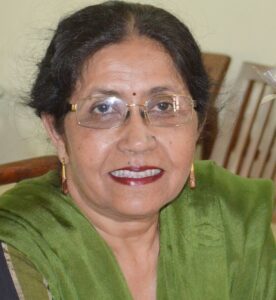
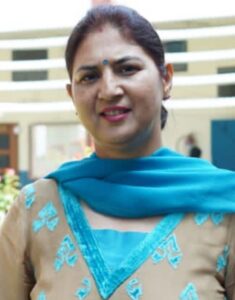
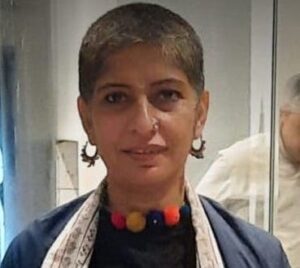
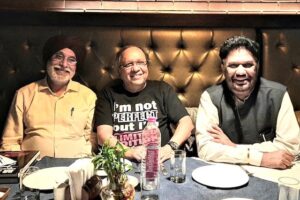
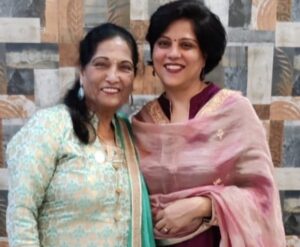
Comments are closed.